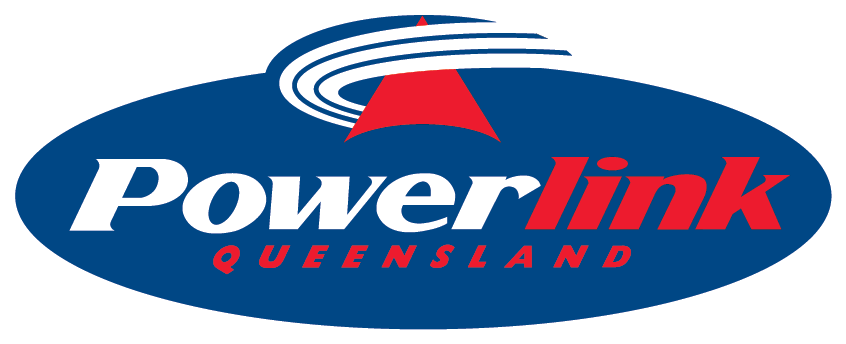Powerlink has a strong focus on seeking feedback and insights from customers and stakeholders to ensure our business is delivering valued outcomes.
Queensland Household Energy Survey
Since 2009, Powerlink in conjunction with Ergon Energy and Energex (part of the Energy Queensland group), has run the Queensland Household Energy Survey. Each year, thousands of households across Queensland are surveyed on their energy usage, appliance saturation and energy efficient behaviours.
Previous survey reports can be viewed under the Resources section on this page. In 2024, along with the report, an interactive website was developed to make survey results easier to explore by theme, viewing the data by location, age group, solar PV ownership and other household characteristics, track trends and more.
The 2025 survey report continues to build on this foundation, providing fresh insights into customer attitudes and what matters most to Queenslanders. Understanding how our customers are changing behaviours and adopting new technology is critical to providing safe, cost effective and reliable electricity networks into the future.
Explore the interactive results
Stakeholder Perception Survey
Each year we conduct a survey with our stakeholders to get a better understanding of how they perceive Powerlink’s performance and their key issues.
Since 2012, Powerlink has conducted regular Stakeholder Perception Surveys generating quantitative and qualitative information on stakeholder perceptions to track performance and improve decision-making.
This information also guides our engagement planning and provides important insights into what matters most to our customers and stakeholders.
The 2025 study saw in-depth interviews and quantitative surveys completed with 71 stakeholders across 11 categories between July and August.
Community Sentiment Survey
Powerlink engaged external research firm Voconiq to conduct comprehensive community sentiment research across communities in the Southern, Central Queensland and North Queensland regions, covering more than 15 Local Government Areas.
Conducted as the third data collection in this ongoing program, the survey builds upon baseline sentiment data from 2021/22 and 2023. A total of 1,870 survey responses were retained for analysis, representing the most current and substantial dataset available in Queensland on local sentiment towards renewable energy and Powerlink’s role in shaping Queensland’s energy future. About 23% of the total sample were existing landholders who co-exist with Powerlink in various regions.
The 2024 survey provides valuable insights into community attitudes toward renewable energy development, the construction of supporting transmission infrastructure, and Powerlink’s role in enabling these projects.
Community attitudes reveal an evolving landscape of priorities. The 2024 data indicate strong support for renewable energy’s role in addressing climate change, paired with concerns about road safety, liveability, and the equitable distribution of benefits.
The value proposition of renewable projects, including job creation and opportunities for local businesses, remains central to building trust. Conversely, neutral and negative perceptions of engagement processes highlight an ongoing need for more meaningful and transparent participation opportunities.
Powerlink can lead collaborative efforts in the renewables sector by investing in social performance, transparent engagement, and community partnerships to achieve Queensland’s renewable energy goals inclusively.
